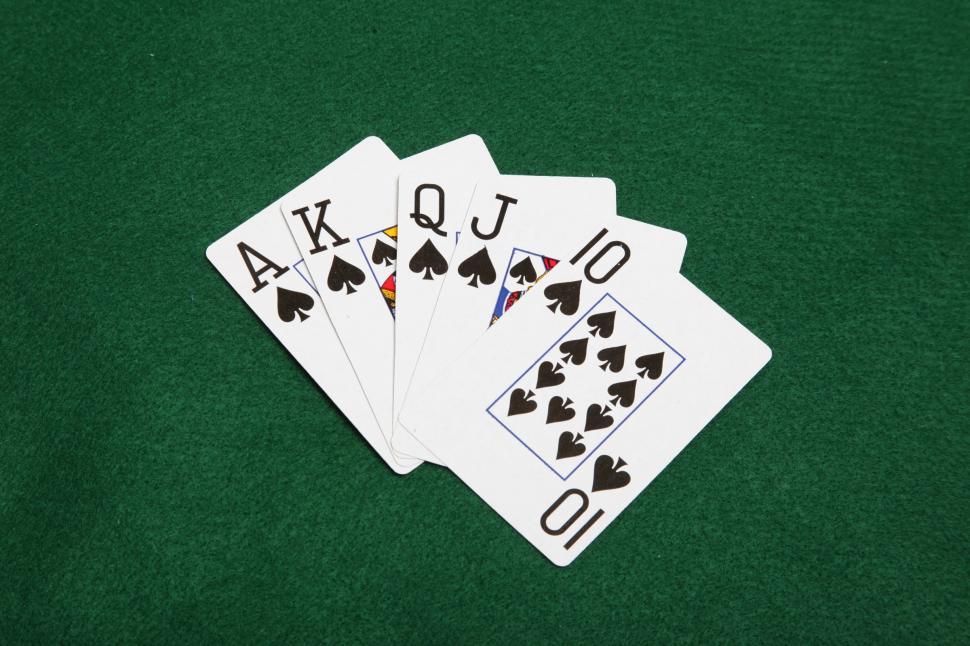One of the most common areas poker players need to work on is betting. With the creation of online poker, it’s now easier than ever to bet and call. Gone are the days of carefully counting chips; a single button press is all you need.
While this simplicity is certainly appreciated, many players underestimate the strategy that goes into betting. Some players only think of when to value bet and when to bluff, unaware of the many betting techniques they can utilize to make their strategy more effective. This poker guide will cover a few powerful betting techniques you should use if you want to improve.

Continuation betting
The continuation bet is an incredibly powerful technique every player must have in their arsenal. It’s when the player who made the last aggressive action in the previous round bets again. It’s mostly commonly seen in the transition from pre to post-flop, where the player who was aggressive pre-flop bets again on the flop.
It’s named that way because you “continue” your aggression from the previous round to the current one. Continuation bets have many strengths and are incredibly flexible, seeing use as a way to value bet and as a way to bluff.
Continuation bets as bluffs
Continuation bets work well as bluffs because they are highly aggressive. When you act aggressively pre-flop and bet again to the flop, you signal to your opponents that your hand most likely connected with the flop. Even if the flop isn’t actually in your favor, the continuation bet can easily trick people into folding.
That’s because it takes advantage of the fact that your opponents aren’t likely to have connected with the flop either. Most players will fold easily if their draw misses, and almost nobody will attempt to remain in the pot if they think the flop worked out for you and not them.
Continuation bets for value
Another aspect of continuation bets is how prevalent they are. Many experienced players continuation bet often due to how powerful it is, and some players even continuation bet instinctively without being aware of the technique.
Because of this, experienced players may call your continuation bets more often than regular bets, especially if you’ve been using them extensively. This is what makes continuation bets so good; their prevalence as bluff tools allows you to use them in ways that other players will never see coming.

Squeeze betting
The squeeze bet is a unique form of 3-betting that occurs when one player raises, one or more players call, then a third player re-raises. It gets its name because the player who called gets put in a terrible situation and “squeezed” out of the pot. Like all 3-bets, it’s an aggressive play representing a solid hand.
Squeeze bets have a few benefits that go beyond the normal ones associated with 3-betting, making them a niche yet valuable technique to know.
Advantages of squeeze betting
The squeeze bet’s benefits come from how much pressure it exerts on the player who called. The squeezer has a significant advantage over the players who called because they represent a stronger hand. The players who called most likely do not have a strong hand of their own, as they would have re-raised it themselves otherwise.
This also prevents them from re-raising the squeeze bet as everyone would understand it is likely a bluff. Squeeze bets work best when the original raiser is loose. Loose players don’t need a solid hand to raise, so squeeze betting puts significant pressure on the raiser and the people who called. This makes it harder for them to make decisions and can frequently win you the pot outright.
Probe betting
Probe bets are a special form of bet that allow you to take advantage of unique circumstances. The traditional sequence of events that takes place in most poker games is as follows. One player is highly aggressive pre-flop, usually from a late position. After making the last aggressive action, other players will check on the flop to see what the aggressive player does.
Most of the time, the aggressive player will place a continuation bet on the flop. However, an unconventional action for the aggressive would be to call, allowing everyone to see the turn for free. It’s difficult to tell why your opponent would do that, but probe bets are one of the best responses to that line of action. Making a probe bet is one of the few times you can make a bet while out of position.
Strengths of probe betting
Probe bets work well for a few reasons. First, they can often just win you the pot directly. The pre-flop aggressor checking is a very rare play, and it usually only happens because they missed the flop horribly. If that’s the case, a probe bet allows you to easily claim the pot, especially since your opponents will recognize that betting out of position signals a strong hand.
Probe bets also set up future bluffs on the river, as the sudden playstyle change might make your opponents think you hit a draw. If that happens, a continuation bet on the river will be perfect for getting your opponents to fold.
Finally, a probe bet can steal the initiative from the pre-flop aggressor. Since they aren’t likely to have a strong hand, you can make a probe bet to take the initiative and represent the strongest hand at the table. This allows you to dictate the flow of the game, as other players will respond to your actions. It also makes you dangerously unpredictable, since most players wouldn’t expect sudden aggression on the turn.

Try these techniques out in your games!
In conclusion, there are many advanced betting techniques you can apply to improve your poker game. Whatever your experience level is, remember that practice makes perfect, so be sure to try these techniques out first to see what works and what doesn’t. Betting is one of the most critical parts of poker, so remember to bet intelligently!